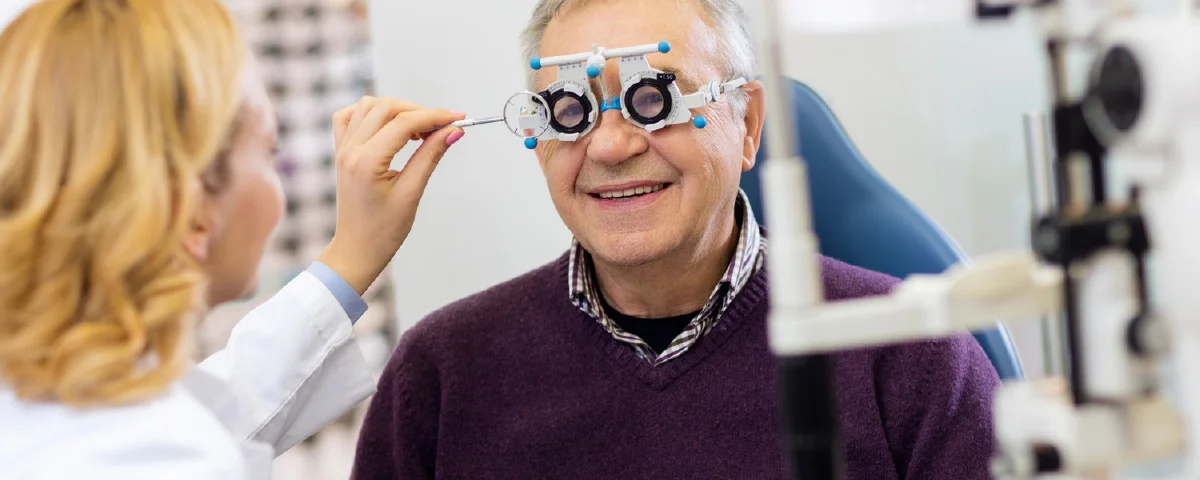How Your Vision Changes After You Turn 40
/Just as our bodies age over the years and our minds grow wiser with time, so too will our vision undergo some important changes. Beginning sometime around your 40th birthday, it is common—and even expected—to notice something called presbyopia, which is the gradual loss of near focusing ability. Other changes may include subtle shifts in visual perception, dry eyes, and an increased risk of developing glaucoma and cataracts. Fortunately, there's a lot that can be done to protect your eyes and keep your vision healthy. Let's now look in more detail at these changes and what can be done to remedy them.
Presbyopia
This common condition is a consequence of the lenses in our eyes losing flexibility, meaning that they are less able to focus light as precisely in order to create a sharp image. Combined with the decreased elasticity in the surrounding muscle fibers, it results in difficulty focusing on objects at very close distances. Having to hold a book or your phone farther away than you used to is the telltale symptom of presbyopia.
Because presbyopia is progressive, it will get worse over time. However, many people find that having a set of reading glasses on hand for close-up tasks is a simple and effective solution. Another option could be multifocal lenses, both in eyeglass form and contact lens form, which are popular because they restore clear near vision while also providing excellent vision at longer distances. If corrective lenses aren't for you, there are also surgical options available.
Changes in Visual Perception
Other changes in our vision may also occur as we get older. Color blending, for example, decreases the ability to detect subtle differences between two similar hues and is caused by the natural discoloration of the cornea as we age. Difficulty seeing in low-light conditions is another common change, as is perceiving increased glare from light sources—especially at night. Another noticeable one is floaters, or tiny bits of debris in the fluid in front of your retinas, which can be seen as speckles or shadows crossing your field of view. While potentially a bit bothersome, all of these changes are a natural part of the aging process and typically do not require treatment.
Dry Eyes
As we age, dry eyes become a more common occurrence. This condition may be exacerbated by hormonal changes or by medications such as antihistamines, antidepressants, and even some types of pain relievers. Generally speaking, eye drops such as artificial tears are considered to be good options. There are also other treatments available for severe dry eye patients.
Glaucoma & Cataracts
Glaucoma is a serious medical condition caused by increased ocular pressure that can damage the optic nerve and lead to progressive vision loss. It is one of the primary causes of blindness in older adults and, unfortunately, does not often present symptoms until permanent damage has already been done. While medical and surgical treatment can save what remains of your vision, the surest way to prevent this condition is by regularly seeing your eye doctor for a full eye exam.
Cataracts are caused by the clumping together of proteins in the lens of the eye, resulting in the lens taking on a cloudy appearance. Symptoms include blurry vision, reduced night vision, and the illusion of halos around light sources. In mild cases, a new eyeglass prescription may help. In more advanced cases, surgery will be the most effective treatment.
While it's not possible to prevent our eyes from aging, it is very possible to maintain healthy vision after turning 40. For starters, try to keep a healthy body, which will directly benefit your eyes: regular exercise, good diet, and not smoking are all valuable lifestyle choices. Wearing sunglasses while outdoors to cut back on harmful UV rays is also a good strategy. Above all, begin to prioritize regular eye exams, as this is undoubtedly the best approach to keeping your eyes healthy and your vision clear for many decades to come.






